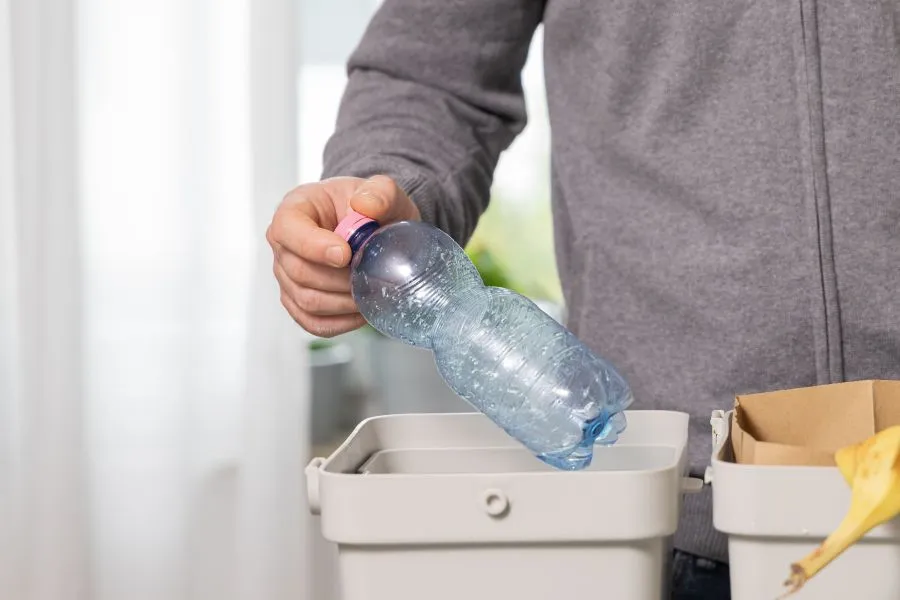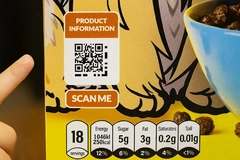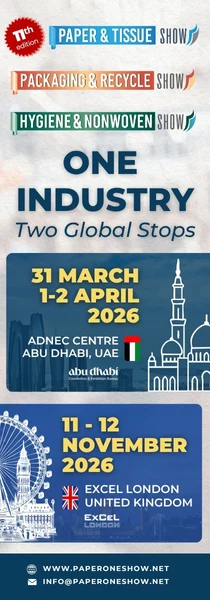The Recycling Partnership: US EPR laws push retailers toward major packaging and supply chain overhaul
Key takeaways
- Packaging EPRs are pushing US retailers to redesign packaging, improve labeling, and increase transparency.
- State-level EPR laws are driving a shift toward more consistent national recycling standards.
- As more US states advance recycling mandates, brands and retailers need to adapt strategies to meet compliance and support consumer participation.
The US recycling system is at an inflection point with states implementing policies that require companies to meet recyclability and recycling-rate thresholds, says Keefe Harrison, CEO at The Recycling Partnership.
Packaging Insights sits down with Harrison to unpack how California’s Plastic Pollution Prevention and Packaging Producer Responsibility Act (SB 54), alongside its Senate Bill 343 “Truth in Labeling” legislation, is reshaping the way national retailers think about packaging and supply chains.
How are retailers adapting their packaging design and strategies to comply with regulations and maintain consumer trust?
Harrison: Under SB 54, retailers with their own private label brands will be responsible for collecting, reusing, and recycling their products. The law is clear: packaging sold in California must meet a 65% recycling rate and other compliance thresholds.
Mandates will also require businesses in California to meet specific recycling thresholds, but that doesn’t mean retailers should wait for these regulations to take effect. A collective effort will build consumer trust and establish the foundation for a system that works.
How brands design packaging, label products, and communicate with shoppers directly shapes how consumers recycle. As retailers lean into recyclability, consumers engage, and the system gets stronger.
Our Recycling Confidence Index shows that 72% of US consumers believe recycling is worth the effort, yet even in communities with curbside access, half of what could be recycled is lost to landfills because of behavior gaps.
 Retailers should earn consumer trust that the products they make can and are recycled.We built The Recycling Partnership around an “insist and assist” model — we insist that companies meet goals, and we do that by offering a path and targeted investments to help them get there. In California, that means delivering infrastructure and behavior change strategies, for example, our new CalFFlex initiative for film and flexible packaging.
Retailers should earn consumer trust that the products they make can and are recycled.We built The Recycling Partnership around an “insist and assist” model — we insist that companies meet goals, and we do that by offering a path and targeted investments to help them get there. In California, that means delivering infrastructure and behavior change strategies, for example, our new CalFFlex initiative for film and flexible packaging.
What steps can retailers and brands take to demonstrate transparency around recyclability claims?
Harrison: As retailers and brands adjust products and packaging for EPR, transparency is essential. In California, meeting the recycling target won’t happen through access alone. Consumer participation is key to moving material from homes into new products, and that starts with clear guidance on what can be recycled and how.
Packaging and labeling matter. Clear, easy-to-understand instructions, paired with a design that supports recyclability, send a direct message about a brand’s commitment to recycling. From explaining how a product was made to showing exactly how to recycle it, every detail shapes household behavior and builds trust in the system.
Several other US states have introduced packaging EPR laws. How do these state-driven initiatives influence national recycling standards?
Harrison: The residential recycling system in the US is falling short, letting more than 37 million tons of household recyclables slip through our fingers each year. In most states, local governments and taxpayers shoulder the operational and financial load for managing packaging waste, and voluntary investment — especially through public-private partnerships — has been the engine pushing progress forward.
The system is still fragmented, with gaps that limit core functions and no national standard to keep performance aligned or accountable.
But states aren’t waiting. They’re calling for stronger recycling systems and stepping up with their own EPR legislation, providing long-term resources that deliver stable, long-term funding and set clear performance expectations.
Seven US states have already passed EPR laws for packaging. Washington and Maryland moved this year, and Oregon is implementing it now. These states are raising the bar for national recycling standards, and more states are considering following suit with similar legislation. The success rates of investing in recycling infrastructure, education, and outreach, and processing in these states are measurable and repeatable.
The Cultivating Investment in Recycling and Circular Local Economies Act (CIRCLE Act), which was introduced this July, signals the momentum to support local recycling systems, delivering economic benefits to communities across the country. If signed into law, it would offer a 30% tax credit for investments in infrastructure to recycle paper, metals, glass, aluminum, and other materials.
This combined effort at the state and national levels can transform our recycling system, create stronger domestic supply chains, reduce the burden on local governments, and support urban and rural communities.  According to Harrison, many consumers are inclined to recycle the packaging they take home.
According to Harrison, many consumers are inclined to recycle the packaging they take home.
How does using recycled materials from North America increase demand and change domestic supply chains?
Harrison: EPR policies can dramatically expand the supply of recyclable materials — but without consistent demand, all that potential goes to waste. Driving the use of North American PCR content is critical to sustaining and growing the US recycling value chain. Retailers, their brands, and CPGs have the greatest power to make it happen.
We insist brands commit to sourcing North American recycled content, and we provide the tools and support for those voluntary solutions today. As a strategic partner to the Association of Plastic Recyclers’ Demand Champion Program, we’re championing measurable growth in PCR usage.
We’ve also supported facilities like Ice River Sustainable Solutions from Canada through our PET Coalition, optimizing their operations to create new products out of harder-to-recycle formats like PET thermoforms.
Bringing supply chain efforts closer to home strengthens market stability for US processors, shortens wait times, and cuts shipping costs. Retailers can drive long-term success for domestic manufacturing while hitting policy compliance targets. Both sides win, and the system finally works the way it should.
How do you expect the US recycling landscape to develop in the years ahead?
Harrison: We can expect more states to pass EPR and other recycling policies. As the challenges of supply and demand continue to be in sharp focus, the industry and The Recycling Partnership will look to public policy as a lever to create stable demand and drive the investment needed to process more materials.
Brands and retailers need to adjust their strategies to meet compliance requirements and prepare for upcoming fees. We must work as an industry to address challenges across access, education, processing, and end markets.
This is an important moment to build a roadmap towards a circular economy for all materials. State EPR programs, combined with the pending CIRCLE Act, can help establish a modern recycling system, unlock additional materials, support jobs, and generate economic benefits. The path forward is clear, and together, progress is possible.











